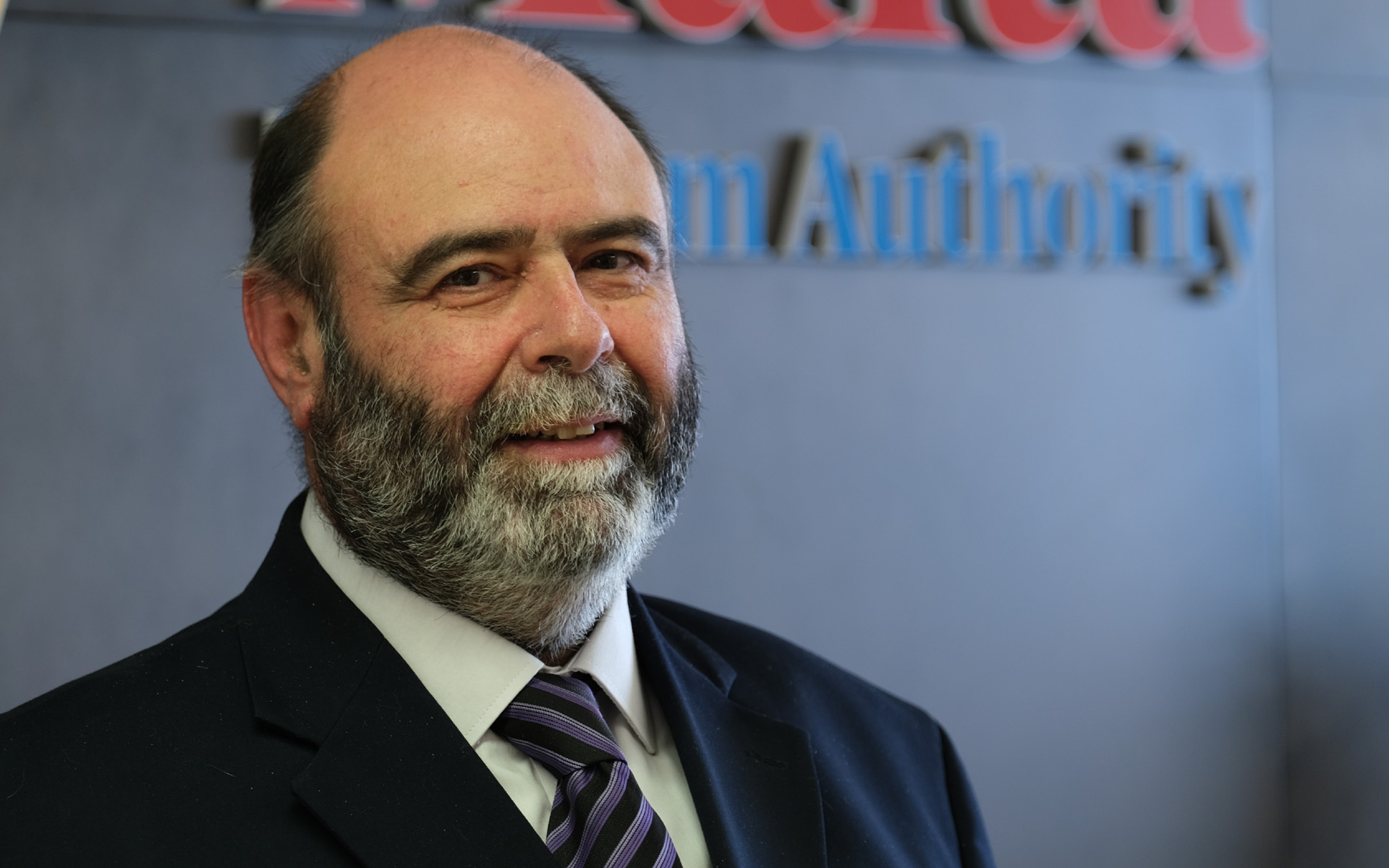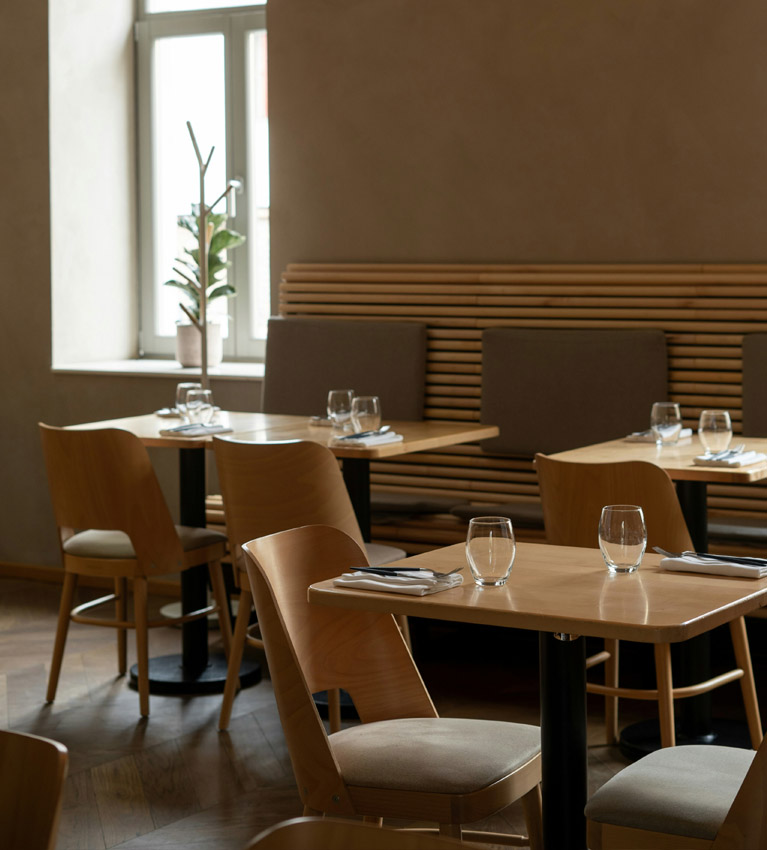
Unpacking the Pixel: Malta’s New Tourism Strategy

The Essence of Coffee Luxury
June 4, 2022
The Magic of Mushrooms: The Value of Local Mushrooms and Where to Find Them
June 4, 2022At this critical time for hospitality, Malta Tourism Authority Chief Officer for Strategic Development and Deputy CEO Leslie Vella explains how the new tourism strategy for 2021-2030 will help the sector recover, rethink and revitalise.
It is a challenging and exciting time for tourism right now. With the world continuing its recovery from the COVID pandemic after a winter season ravaged by the Omicron variant, there is optimism for a strong bounce-back ahead of summer. At the same time, new crises – both immediate, as in the case of Ukraine, and longer term, such as climate change – threaten to disrupt a seamless transition back to the way things were.
It is against this complex background that Malta has unveiled its new tourism strategy, which aims to guide the sector’s development until 2030.
“Our strategy is based on three pillars: Recover, Rethink, and Revitalise,” Leslie Vella, Malta Tourism Authority Chief Officer for Strategic Development and Deputy CEO, explains.
“COVID forced the first pillar to the fore, but, strategically, we are saying we cannot simply turn the clock back to December 2019 and pick up where we left off; we want a thorough rethink of where we want tourism to go, on the basis of which we can revitalise our tourism for the years to come.”
Mr Vella says the strategy is an opportunity to kickstart the next period in the development of Malta’s tourism. The last such phase, he explains, was defined by explosive growth resulting from the revolution in airline connectivity: in 2009, direct flights were available to 45 other airports; by 2019, it had risen to 130. Tourist numbers rose from 1.3 million a year to 2.8 million in the same timeframe, with similar increases in overnight stays, expenditure and other increases.
“However, the fact remains that tourism does not exist
in isolation, and the destination has its limitations,” Vella
says. “All this was putting pressure on our infrastructure
and quality of life. We recognised that this
straight, constant line of growth could
not continue indefinitely, and that
sustainability had to be more
than just a word thrown in
as seasoning.”
So, what should this next phase look like? One cornerstone of the strategy, Vella explains, is about ‘cautiously’ growing Malta’s tourism product by unravelling the idea of a single Destination Malta. “Many people come to Malta with a preconceived notion of a Mediterranean island. But, when they arrive, they see what we really are,” he says. “They find that what was just a pixel on the map is actually larger than life, and offers so much. It’s like receiving a ZIP file: it’s packed into a small space, but once you open it, it unfurls before your eyes.”
The vision is one of different Maltas for different travellers: beach holidays in the north, cosmopolitan city breaks in Sliema or St Julian’s, historical travel in Valletta and the Three Cities, traditional village experiences in Żurrieq or Safi. Gozo, the strategy proposes, should be developed further as a distinct destination, its insularity treated as an attraction not an obstacle.
“Tourism is all about imagination and emotion,” Mr Vella says. “For most tourists, the concept of visiting an island is already exciting; hopping to another island from there even more so.”
Another key goal for the strategy is that of turning tourism into something that complements the environment, rather than conflicts with it. With climate change becoming an increasingly pressing issue, Mr Vella points to initiatives such as alternative energy sources and increased public transport usage, but also efforts to protect agricultural land and natural landscapes, as well as traditional townscapes and heritage, as a benefit and integral part of tourism, rather than an obstacle.
“These are the elements the strategy seeks to slowly weave into this quest to merge tourism with what makes us Maltese – whether it’s buildings, food, landscape or culture – rather than being a necessary evil for which we have to pay a price.”
With twelve strategic areas, the strategy offers a comprehensive approach, including strengthening quality at all levels of the value chain, emphasising value to move beyond sheer volume growth, prioritising visitor satisfaction and addressing human resource issues. But ultimately, Mr Vella says, it is about staying true to the fabric of what makes Malta different and unique, using it to attract the sort of tourism that can respect and appreciate it. “Over the years we’ve tried to be a lot of different places because we were ashamed of what was our own. I think the time has come for us to just be Malta: to emerge as ourselves and to proudly display ourselves to a wide spectrum of people, by showing the fascination of this pixel and what happens when you open up the ZIP file.”

So, what should this next phase look like? One cornerstone of the strategy, Vella explains, is about ‘cautiously’ growing Malta’s tourism product by unravelling the idea of a single Destination Malta. “Many people come to Malta with a preconceived notion of a Mediterranean island. But, when they arrive, they see what we really are,” he says. “They find that what was just a pixel on the map is actually larger than life, and offers so much. It’s like receiving a ZIP file: it’s packed into a small space, but once you open it, it unfurls before your eyes.”
The vision is one of different Maltas for different travellers: beach holidays in the north, cosmopolitan city breaks in Sliema or St Julian’s, historical travel in Valletta and the Three Cities, traditional village experiences in Żurrieq or Safi. Gozo, the strategy proposes, should be developed further as a distinct destination, its insularity treated as an attraction not an obstacle.
“Tourism is all about imagination and emotion,” Mr Vella says. “For most tourists, the concept of visiting an island is already exciting; hopping to another island from there even more so.”
Another key goal for the strategy is that of turning tourism into something that complements the environment, rather than conflicts with it. With climate change becoming an increasingly pressing issue, Mr Vella points to initiatives such as alternative energy sources and increased public transport usage, but also efforts to protect agricultural land and natural landscapes, as well as traditional townscapes and heritage, as a benefit and integral part of tourism, rather than an obstacle.
“These are the elements the strategy seeks to slowly weave into this quest to merge tourism with what makes us Maltese – whether it’s buildings, food, landscape or culture – rather than being a necessary evil for which we have to pay a price.”
With twelve strategic areas, the strategy offers a comprehensive approach, including strengthening quality at all levels of the value chain, emphasising value to move beyond sheer volume growth, prioritising visitor satisfaction and addressing human resource issues. But ultimately, Mr Vella says, it is about staying true to the fabric of what makes Malta different and unique, using it to attract the sort of tourism that can respect and appreciate it. “Over the years we’ve tried to be a lot of different places because we were ashamed of what was our own. I think the time has come for us to just be Malta: to emerge as ourselves and to proudly display ourselves to a wide spectrum of people, by showing the fascination of this pixel and what happens when you open up the ZIP file.”




